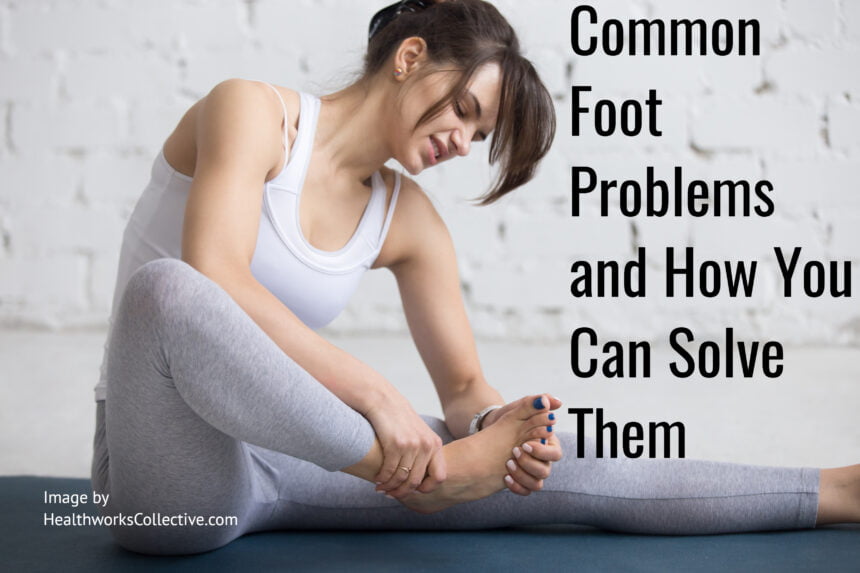Nearly everyone experiences foot pain at some point in their lives. It could be caused by damaged tissue; perhaps your shoes aren?t the right fit or you wear high-heels too often. Or, it could be the shock of hitting the pavement and similar runner?s pains. Plantar warts, athlete?s foot, and cavus foot are all too common ailments. Luckily, foot pain is so common there is a simple solution for most of what causes it. The following lists the most common reasons for foot pain, and the things you can do to remedy it.
Plantar Fasciitis and Heel Spurs
Although they?re two different things, plantar fasciitis and heel spurs are often connected. Where you see one, you typically see the other. Plantar fasciitis is the more painful of the two conditions. It?s when the heel of the foot becomes inflamed and irritated. In 70 percent of patients, heel spurs (pieces of bone that grow at the heel) develop which causes further inflammation and irritation. The simple solution for these conditions is to wear a foot compression sleeve all the time, or at least when you?re on your feet. These sleeves decrease swelling and help strengthen muscles.
Calluses and Corns
?Corns and calluses form after repeated rubbing against a bony area of the foot or against a shoe,? reports Everyday Health. Although they are similar, corns and calluses are different because corns appear on the top of the foot, while calluses form on the bottom. They are treated similarly, you can soak your foot in castor oil and apple cider vinegar or purchase an over-the-counter remedy. What you should never do is attempt to cut them off yourself. Only a podiatrist can safely remove a callus or corn.
Plantar and Palmer Warts
Much like calluses, plantar and palmer warts form on the bottom of your feet. In many cases they will be painless and disappear on their own, but in some they?re painful and persistent. Luckily, they?re easy to treat. You can freeze them off with an over-the-counter medicine, such as Compound W or soak them in hot water and then gently remove them with a pumice stone.
Athlete?s Foot
Anyone, even non-athletes, can catch the fungal infection that is athlete?s foot. It?s common, but that doesn?t make it any less painful. The infection causes itching and burning, which can lead to excessive and painful dryness. There are many effective natural remedies for athlete?s foot, including applying full-fat organic yogurt to the affected areas. It also helps to take a daily probiotic supplement to help improve overall health.
Cavus Foot
Cavus foot can be extremely painful, but in most cases, it?s easy to correct. If you?ve walked with a poor gait (again it sometimes comes down to what shoes you?re wearing), you may have indirectly caused your foot pain. Cavus happens when your foot?s arch ?rises at an incline of 30 degrees or more.? This can cause your toes to clench, as well as hard calluses to form on the bottoms of your feet. Only a doctor can diagnose and treat cavus; luckily, it?s easy to treat and may only require that you change what type of shoes you?re wearing. Foot pain can be very intolerable. Oftentimes, you won?t know why it?s happening. Your only symptom may be the pain or perhaps a bit of redness and swelling. Because there are so many reasons your feet may hurt, it?s essential you talk to your doctor about any problems you may be having.







